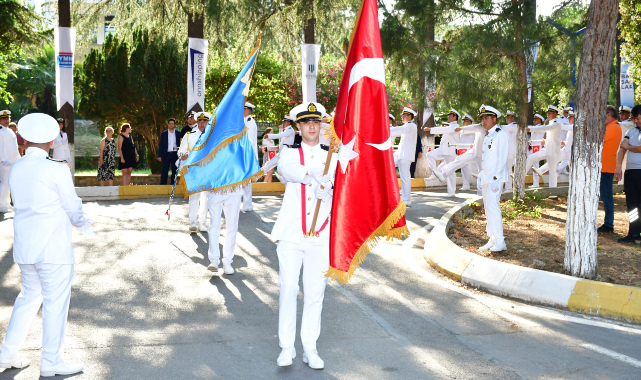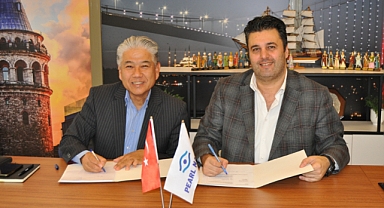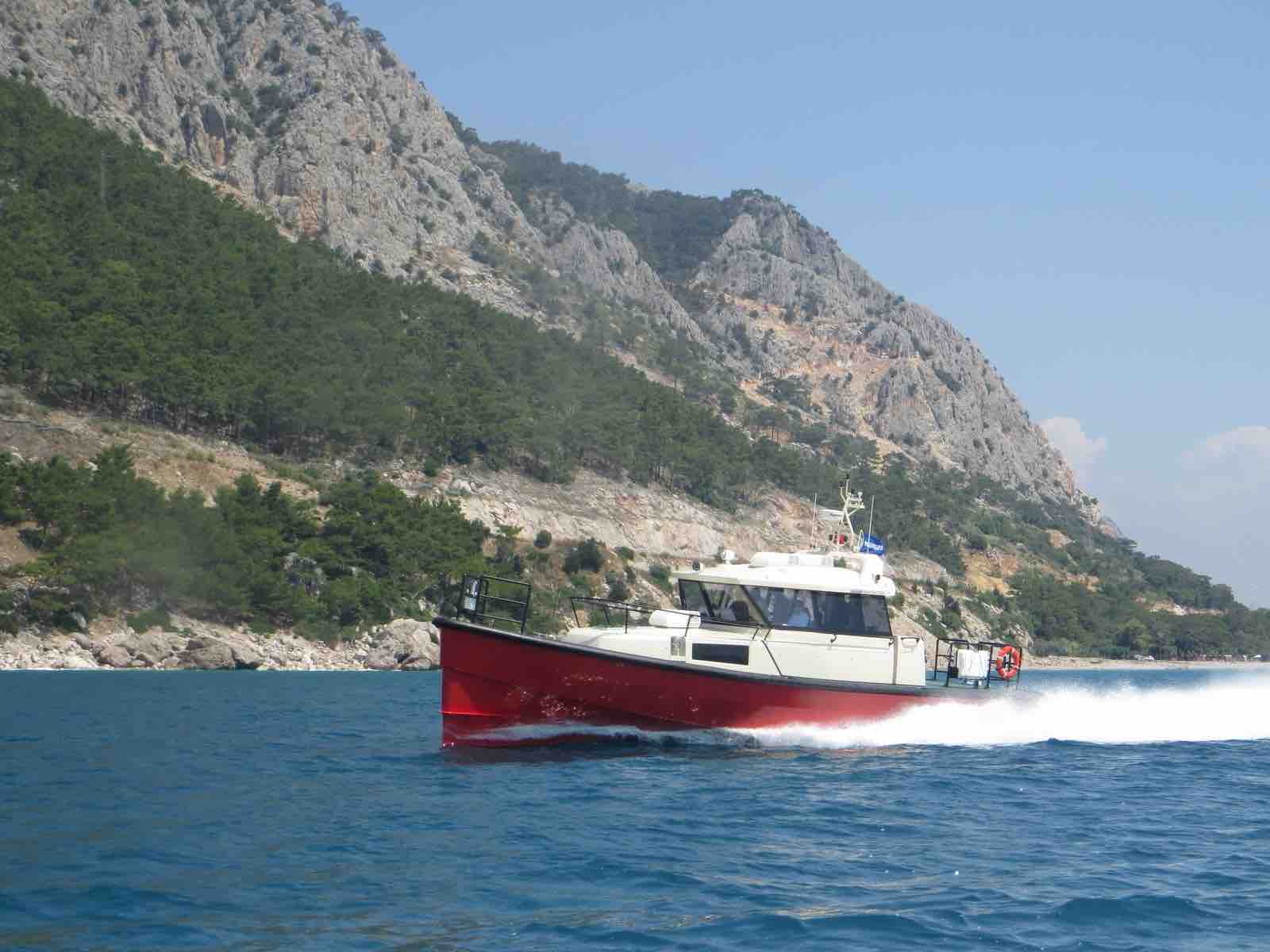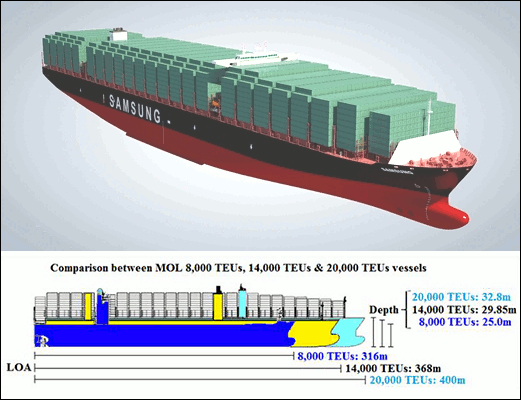SOUTHEAST Asia is emerging as a lucrative investment destination, drawing interest from both private enterprises and governmental bodies eager to tap into a burgeoning market, reports Agence France-Presse.
The region currently constitutes 10 per cent of global air traffic, hosting over 500 million passengers in 2019.
Boeing anticipates an impressive annual growth rate of around 9.5 per cent over the next two decades, surpassing the global average of 6.1 per cent.
Governments across the region, spanning from Bangkok to Hanoi, are allocating substantial funds to modernise and expand airport infrastructure.
Bangkok's main international airport, Suvarnabhumi, inaugurated a new terminal in September, with a third runway currently under construction.
Plans are underway for a third terminal at Don Mueang, another airport in the city, along with a capacity doubling at Chiang Mai in the north and expansion efforts in the key island tourism hub of Phuket.
In Cambodia, ambitious projects are in motion to transform Phnom Penh's anticipated new US$1.5 billion airport, slated for completion in 2025, into a regional hub to rival Bangkok and Singapore, accommodating 50 million passengers by 2050.
Illustrating these aspirations, Cambodia recently unveiled the new $1.1 billion airport in Siem Reap, funded by China as part of the 'Belt and Road' initiative.
Set to handle 12 million passengers annually by 2040, double the total number of foreign tourists in 2019, the Siem Reap airport is considered a 'game changer' due to its extended runway capable of accommodating long-haul flights.
While some anticipate a tourism resurgence, others grapple with the environmental consequences of the ongoing construction boom.
The development of Vietnam's largest airport, the $15 billion Long Thanh terminal outside Ho Chi Minh City, has raised concerns as nearby neighborhoods are blanketed in thick red dust.
SeaNews Turkey
The region currently constitutes 10 per cent of global air traffic, hosting over 500 million passengers in 2019.
Boeing anticipates an impressive annual growth rate of around 9.5 per cent over the next two decades, surpassing the global average of 6.1 per cent.
Governments across the region, spanning from Bangkok to Hanoi, are allocating substantial funds to modernise and expand airport infrastructure.
Bangkok's main international airport, Suvarnabhumi, inaugurated a new terminal in September, with a third runway currently under construction.
Plans are underway for a third terminal at Don Mueang, another airport in the city, along with a capacity doubling at Chiang Mai in the north and expansion efforts in the key island tourism hub of Phuket.
In Cambodia, ambitious projects are in motion to transform Phnom Penh's anticipated new US$1.5 billion airport, slated for completion in 2025, into a regional hub to rival Bangkok and Singapore, accommodating 50 million passengers by 2050.
Illustrating these aspirations, Cambodia recently unveiled the new $1.1 billion airport in Siem Reap, funded by China as part of the 'Belt and Road' initiative.
Set to handle 12 million passengers annually by 2040, double the total number of foreign tourists in 2019, the Siem Reap airport is considered a 'game changer' due to its extended runway capable of accommodating long-haul flights.
While some anticipate a tourism resurgence, others grapple with the environmental consequences of the ongoing construction boom.
The development of Vietnam's largest airport, the $15 billion Long Thanh terminal outside Ho Chi Minh City, has raised concerns as nearby neighborhoods are blanketed in thick red dust.
SeaNews Turkey










